What Component Stores Current?
Introduction
In the world of electronics, understanding how current is stored and managed is fundamental. Various electronic components serve as vessels for storing electric charge or current. In this article, we explore the key components that play a pivotal role in storing current in electronic circuits.
1. Capacitors
How Capacitors Store Current:
Capacitors are passive electronic components that store electrical energy in an electric field. They consist of two conductive plates separated by an insulating material known as a dielectric. When a voltage is applied across the plates, one plate accumulates positive charge, while the other accumulates negative charge. This separation of charge creates an electric field and stores electrical energy. Capacitors can store energy temporarily and then release it when needed.
Applications:
Energy storage in flash cameras.
Filtering and smoothing power supplies.
Timing circuits.
Coupling and decoupling signals in amplifiers.
2. Batteries
How Batteries Store Current:
Batteries are electrochemical devices that store electrical energy through chemical reactions. They consist of one or more cells, each containing positive and negative electrodes immersed in an electrolyte. Chemical reactions between the electrodes and the electrolyte generate an electric potential difference, creating a flow of electrons when a circuit is connected. This flow of electrons represents the stored electrical current.
Applications:
Powering portable electronic devices (e.g., smartphones, laptops).
Providing backup power during outages.
Storing energy from renewable sources (e.g., solar panels, wind turbines).
3. Inductors
How Inductors Store Current:
Inductors are passive components that store electrical energy in the form of a magnetic field. They consist of a coil of wire wound around a core material. When current flows through the coil, a magnetic field is created. This magnetic field stores energy. When the current changes, the magnetic field induces a voltage, which opposes the change in current, following Faraday's law of electromagnetic induction.
Applications:
Filtering out high-frequency noise in circuits.
Energy storage in transformers.
Tuning circuits in radios and TVs.
4. Supercapacitors
How Supercapacitors Store Current:
Supercapacitors, also known as ultracapacitors, are energy storage devices that bridge the gap between capacitors and batteries. They store energy electrostatically like capacitors but can store significantly more charge. Supercapacitors use a high surface area electrode and an electrolyte to store charge. They are capable of rapid charge and discharge cycles and are ideal for applications requiring bursts of power.
Applications:
Regenerative braking systems in hybrid vehicles.
Backup power for memory modules in real-time clocks.
Peak power assist in renewable energy systems.
Conclusion
Understanding the components that store current is crucial in electronics, as it forms the foundation for designing and building electronic circuits. Whether it's the rapid discharge of a capacitor, the sustained power of a battery, or the magnetic energy storage of an inductor, each component serves a unique purpose in the world of electrical engineering. Mastery of these components empowers engineers and hobbyists to create innovative and efficient electronic systems for a multitude of applications.

















